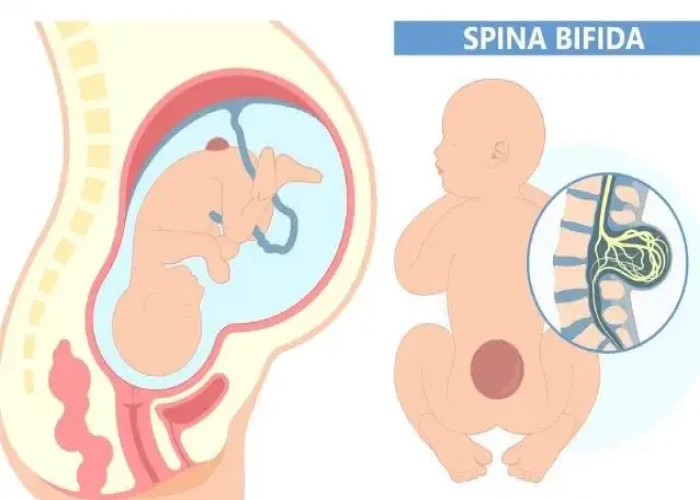 Welcome
Welcome
“May all be happy, may all be healed, may all be at peace and may no one ever suffer."
Sacral dimple

A sacral dimple, also known as a pilonidal dimple or coccygeal dimple, is a small indentation or depression in the skin located near the tailbone, at the base of the spine. It is a common condition that is present at birth and affects about 3-8% of the population.
Most sacral dimples are harmless and do not cause any symptoms or health problems. However, in rare cases, a sacral dimple may be a sign of an underlying spinal cord abnormality, such as a tethered spinal cord or spina bifida occulta. These conditions may cause symptoms such as back pain, leg weakness, or loss of bladder or bowel control.
If a sacral dimple is suspected to be associated with an underlying spinal cord abnormality, additional tests may be recommended, such as a magnetic resonance imaging (MRI) scan of the spine. If an abnormality is found, treatment may be necessary to prevent or manage any associated symptoms or complications.
Most sacral dimples do not require treatment or special care. However, it is important to keep the area clean and dry to prevent infection. If the area becomes red, swollen, or tender, or if there is drainage or discharge, medical attention should be sought to rule out infection or other complications.
In general, sacral dimples are not a cause for concern and do not require treatment unless there are signs or symptoms of an underlying spinal cord abnormality.
Research Papers
Disease Signs and Symptoms
- Skin patches
- Lower back dimple just above the crease between the buttocks
Disease Causes
Sacral dimple
A sacral dimple is a congenital condition, meaning it's present at birth. There are no known causes.
Disease Prevents
Disease Treatments
Treatment is unnecessary for a simple sacral dimple.
Preparing for your appointment
In general, your child won't need to see a doctor for a sacral dimple. If you have questions about the sacral dimple, you can also bring these up at your child's routine office visits.
Some questions you might want to ask your child's doctor include:
- Does my child need any tests to be sure there's no other cause?
- Does the area need any special cleaning or care?
- Is any treatment necessary?
- Is a sacral dimple ever associated with more serious conditions?
Disease Diagnoses
Disease Allopathic Generics
Disease Ayurvedic Generics
Disease Homeopathic Generics
Disease yoga
Sacral dimple and Learn More about Diseases

Uterine prolapse
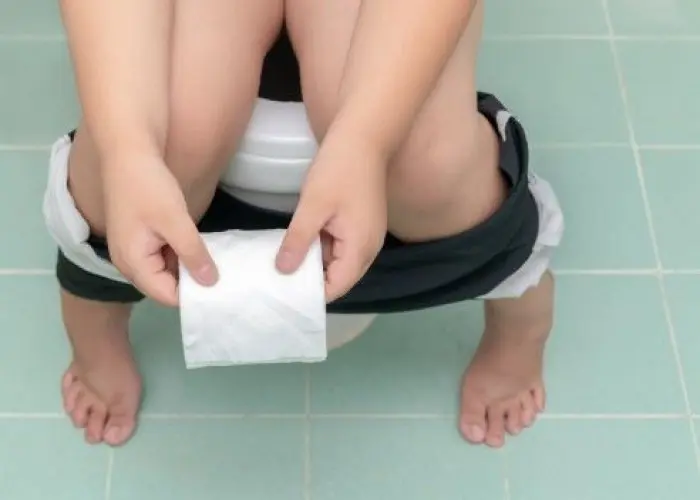
Diarrhea

Sclerosing mesenteritis
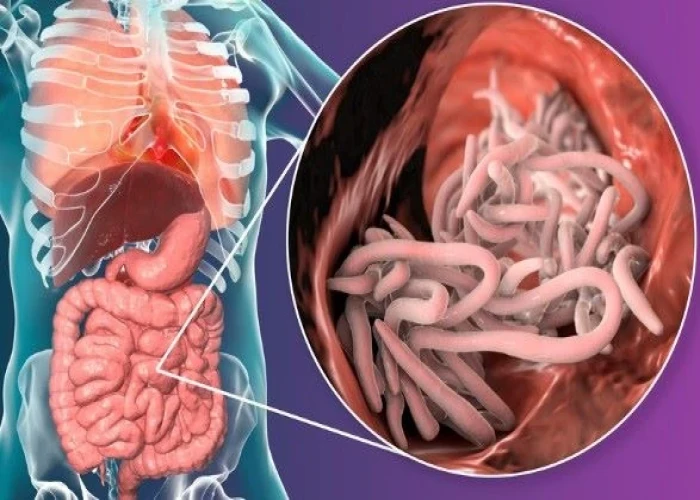
Round Worm

C. difficile infection

Breast pain
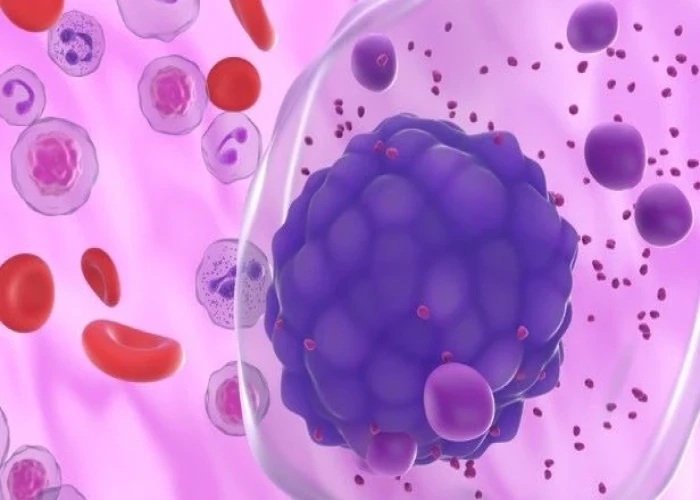
Multiple myeloma
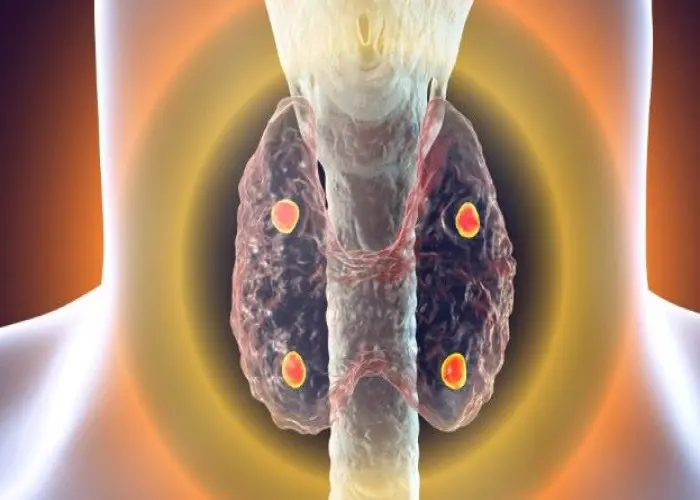
Hyperparathyroidism
sacral dimple, স্যাকেরাল ডিম্পল
To be happy, beautiful, healthy, wealthy, hale and long-lived stay with DM3S.
